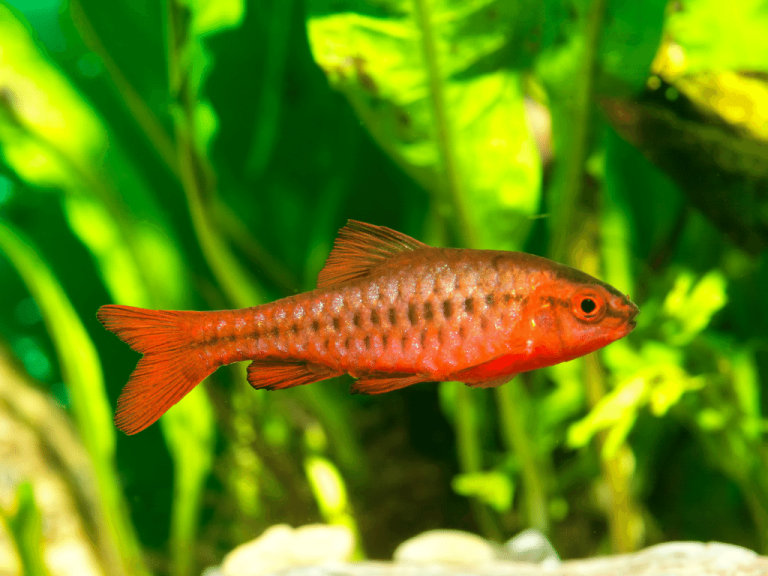In front of a fish pond or aquarium, we often see fish motionlessly staying in the water, their serene expressions truly captivating. It even makes one want to jump in and experience that sense of calm and comfort! Of course, that’s not possible.
Fish live in water, which is much denser than air. In the back of their bodies, closely attached to the spine, is a gas-filled, white sac known as the swim bladder. Fish rely on the swim bladder to regulate their buoyancy. By releasing or absorbing gas, they adjust their body density to be similar to the surrounding water, allowing them to remain still and stable at different depths.
Additionally, fish rely on slight movements of the muscles at the base of their dorsal fin and anal fin, similar to a ship’s keel, to prevent tipping and swaying. Experiments have shown that when the dorsal and anal fins of a fish are clipped and the fish is returned to the water, it constantly sways and cannot remain stable.
The ability of fish to stay still in the water also greatly depends on their pectoral fins located on the front ventral side of their bodies. After breathing through their gill openings, the water expelled from the gill covers creates a forward thrust. To counteract this force and remain stationary in the water, fish occasionally use their flexible, paddle-like pectoral fins to maneuver.

